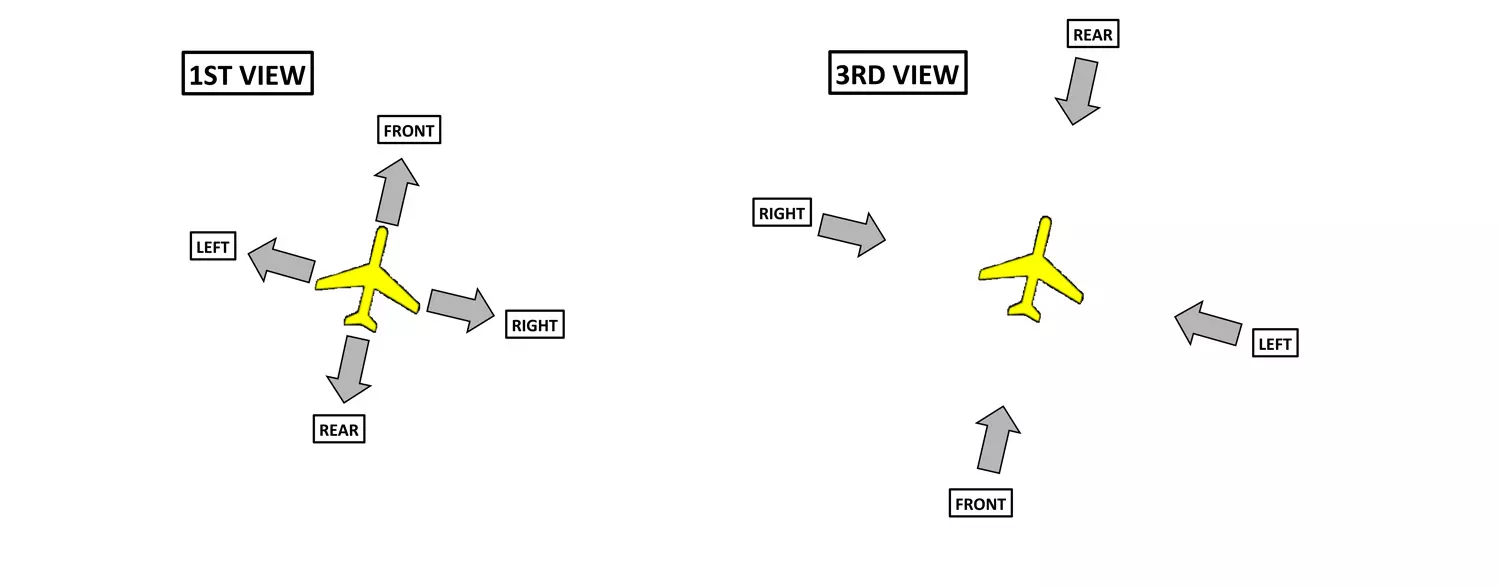Remote Pilot Station
Remote Pilot Station with a panoramic screen
Unmanned aerial vehicles are to be gradually integrated into the European aviation system. In addition to the aircraft, a Remote Pilot Station (RPS) is one of the core components of such Remotely Piloted Aircraft Systems (RPAS). For safe flight operations, the RPS must ensure effective and efficient cooperation between human and machine. In particular, the RPS must be designed in a way that the situation awareness of the remote pilot is guaranteed at all times.
For this purpose the ZHAW Centre for Aviation is developing a RPS prototype with a large-format panoramic screen. The screen has a 4K Ultra High Definition (UHD) resolution and a diagonal of 140 centimetres.
Laboratory Description
In manned aviation, cockpit displays with Synthetic Vision (SV) or Enhanced Vision (SV) are common these days. The visual representation reduces the cognitive workload, since it makes the mental integration of one- and two-dimensional information largely superfluous. It thus effectively prevents a loss of spatial situational awareness.
Based on such cockpit displays, three-original display formats were defined and implemented for the panoramic screen of the RPS: Perspective Situation Display (PSD), Horizontal Situation Display (HSD) and System Situation Display (SSD). The sensor view of the on-board camera forms a fourth display which complements the synthetic view in PSD and HSD.
The Perspective Situation Display (PSD) provides the drone pilot with a synthetic view that differs significantly from a corresponding cockpit display. The field of view in the PSD covers 180° horizontally and 60° vertically. The synthetic view takes into account the dislocated workplace of a remote pilot. He can choose between different egocentric and exocentric perspectives. In this way he can adapt the display to the situation and flight task.


